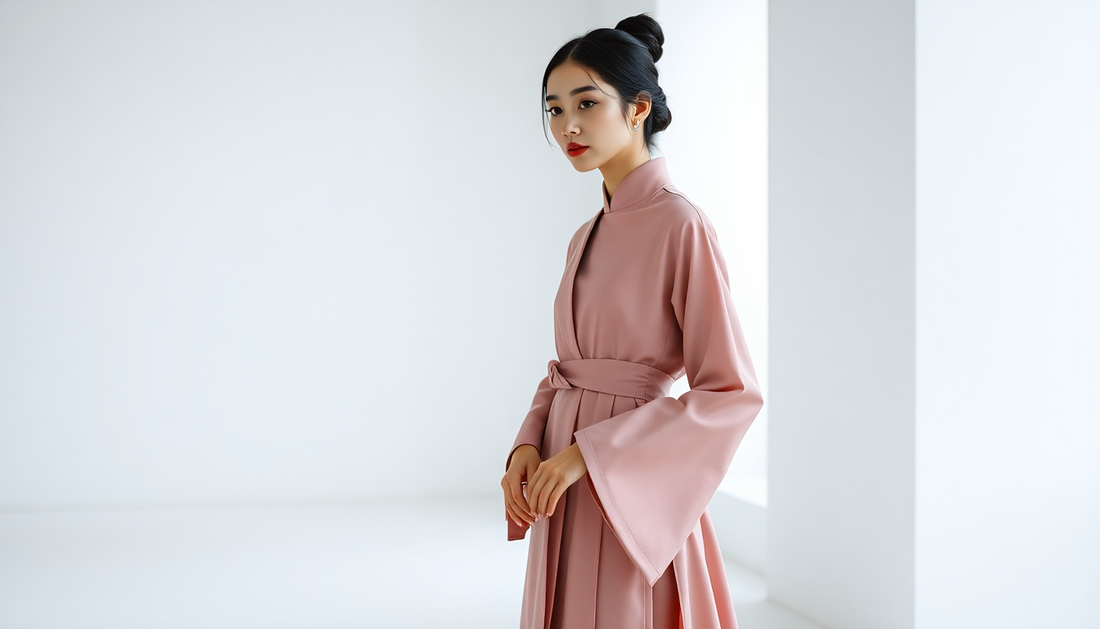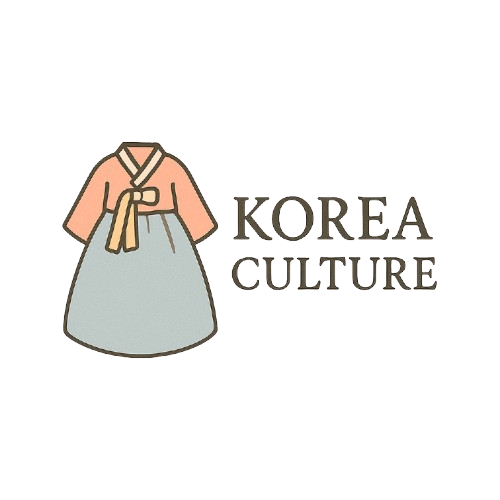
The Gentle Art of Hanbok: Modern Takes on a Timeless Korean Tradition
Share
In the bustling heart of Seoul, nestled between towering skyscrapers and neon-lit streets, lies a hidden gem - the Korea Culture Shop. This unassuming storefront is a portal into the rich tapestry of Korean heritage, where the timeless elegance of hanbok, the traditional Korean dress, is being reborn for the modern era.
Hanbok, with its vibrant colors, intricate embroidery, and graceful silhouettes, has long been a symbol of Korean identity. For centuries, this garment has been woven into the fabric of the nation's cultural traditions, adorning the bodies of royalty, scholars, and commoners alike. But in recent years, a new generation of designers has breathed fresh life into this age-old art form, creating modern interpretations that seamlessly blend the past and the present.
At the Korea Culture Shop, I'm greeted by the warm smile of the owner, a passionate advocate for the preservation and evolution of hanbok. As I browse the racks, my fingers trace the delicate patterns and luxurious fabrics, each piece a testament to the skill and artistry of its creator.
Traditional Hanbok: A Historical Context
To fully appreciate the modern hanbok, it's important to understand its rich history. Originating in the Three Kingdoms period (57 BC - 935 AD), hanbok has evolved over the centuries, reflecting the cultural and social changes that have shaped the Korean peninsula.
The traditional hanbok design is characterized by its distinctive silhouette, with a high-waisted jacket (jeogori) and a full, flowing skirt (chima) for women, or loose-fitting pants (baji) for men. The fabrics used, such as silk, satin, and cotton, were often dyed in vibrant hues that held deep symbolic meaning, from the regal purple of the royal court to the earthy tones of the common folk.
Hanbok was not merely a garment; it was a reflection of one's social status, occupation, and even marital status. Specific styles and colors were reserved for specific occasions, from the elaborate wedding hanbok to the simple everyday attire. This intricate system of sartorial etiquette was a testament to the cultural significance of this timeless fashion.
Modern Hanbok Evolution
As Korea has modernized and embraced global influences, the traditional hanbok has undergone a remarkable transformation. Contemporary designers, driven by a desire to preserve this cultural heritage while making it relevant to the modern world, have experimented with innovative designs and materials.
One of the most striking changes is the fusion of hanbok with current fashion trends. Designers have reimagined the classic silhouettes, playing with asymmetrical cuts, bold color combinations, and even incorporating elements of streetwear. The result is a collection of hanbok-inspired garments that seamlessly blend the old and the new, appealing to a younger, more fashion-conscious audience.
The Korea Culture Shop showcases these modern interpretations, with pieces that range from sleek, minimalist dresses to playful, whimsical jumpsuits. I'm particularly drawn to a vibrant red chima skirt paired with a sleek, black jeogori - a striking contrast that captures the essence of traditional hanbok while exuding a decidedly contemporary flair.
Style and Wearability
One of the key factors driving the resurgence of hanbok is its newfound wearability. While the traditional designs were often restrictive and impractical for everyday use, modern hanbok has been engineered for comfort and versatility.
"The modern hanbok is designed with the wearer in mind," the shop owner explains, as she demonstrates the ease with which a customer can move and sit in a hanbok ensemble. "We've incorporated more flexible fabrics, adjustable waistlines, and even pockets - all while maintaining the timeless elegance of the traditional silhouette."
This focus on comfort and practicality has made hanbok a viable option for a wider range of occasions, from casual outings to formal events. I witness a young woman effortlessly pair a hanbok-inspired top with a pair of distressed jeans, creating a chic, contemporary look that seamlessly blends the old and the new.
Cultural Preservation and Innovation
As the popularity of modern hanbok continues to grow, both domestically and globally, there is a renewed appreciation for the cultural significance of this garment. Designers and artisans are working tirelessly to preserve the traditional techniques and craftsmanship that have been passed down through generations.
"It's not just about creating beautiful clothes," the shop owner emphasizes. "It's about honoring the rich history and cultural heritage that hanbok represents. We want to ensure that this art form continues to thrive and evolve, inspiring new generations to embrace their roots."
This commitment to cultural preservation is evident in the meticulous attention to detail and the use of high-quality, sustainable materials. The shop features hanbok pieces crafted by local designers who work closely with traditional artisans, ensuring that the time-honored techniques of embroidery, dyeing, and fabric weaving are not lost to the sands of time.
Where to Find Modern Hanbok
As I prepare to leave the Korea Culture Shop, I can't help but feel a sense of excitement and wonder at the future of hanbok. This timeless garment, once confined to the realms of history and special occasions, is now finding its place in the global fashion landscape, captivating audiences around the world.
For those interested in exploring the world of modern hanbok, the Korea Culture Shop is just the beginning. Across Seoul and beyond, a growing number of local designers and online platforms are offering a diverse range of hanbok-inspired creations, catering to every style and budget.
Whether you're seeking a statement piece for a special event or a versatile everyday outfit, the modern hanbok has something to offer. With its rich cultural heritage, innovative design, and newfound wearability, this ancient art form is poised to captivate the hearts and wardrobes of fashion enthusiasts everywhere.
So, the next time you find yourself in Seoul, be sure to step into the Korea Culture Shop and immerse yourself in the gentle art of hanbok - a timeless tradition that continues to evolve and inspire.
Conclusion
The story of modern hanbok is one of cultural preservation and innovation, a testament to the enduring power of tradition in the face of a rapidly changing world. As the Korea Culture Shop and its passionate advocates continue to champion this art form, the future of hanbok looks brighter than ever, poised to captivate new generations and transcend the boundaries of fashion.
In a world that often values the new and the novel, the enduring appeal of hanbok serves as a reminder that true beauty and cultural significance can be found in the timeless. By embracing the gentle art of hanbok, we not only honor the rich heritage of Korea but also celebrate the power of creativity to bridge the past and the present, inspiring us to cherish the traditions that make us who we are.
